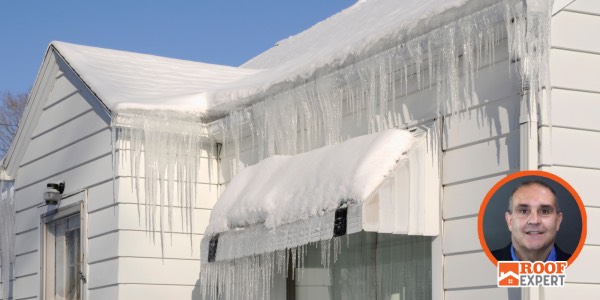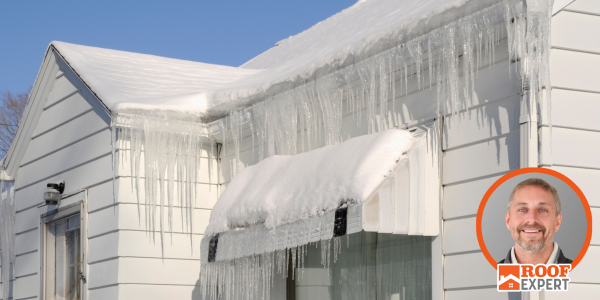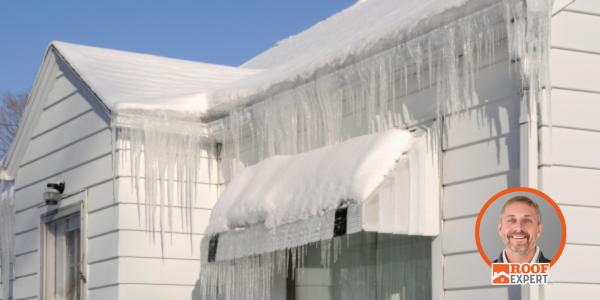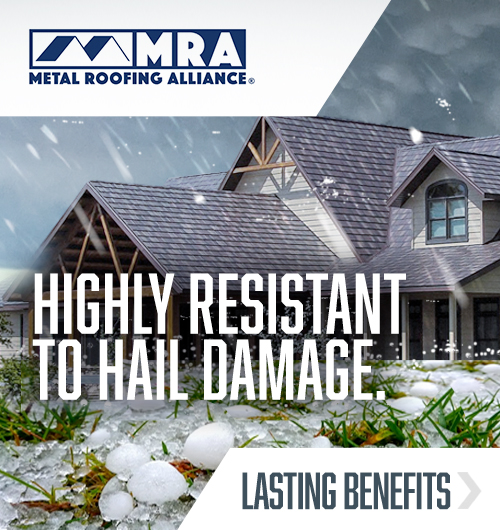How extreme weather impacts roofs and what preventative measures homeowners and building owners can take
April 7, 2025 at 6:00 a.m.AAR Expert John Kenney says that investing in inspection, reinforcement and the right materials protects your property and saves time and money in the long run.
I've seen the widespread impact of extreme weather events on residential and commercial roofing systems. Whether it's heavy rain, snow accumulation, high winds or hailstorms, these natural forces can shorten a roof's lifespan, compromise its structural integrity and lead to costly repairs if left unaddressed. Understanding how different weather conditions affect your roof and taking proactive steps to prevent damage is essential to protecting your property and ensuring the long-term performance of your roofing investment.
Heavy rain can expose and accelerate vulnerabilities in a roofing system. Water intrusion often begins at weak points such as flashing, seams or areas with poor drainage. Inadequate slope or clogged gutters can result in ponding water on flat commercial roofs or water overflow on residential roofs, both increasing the risk of leaks. Over time, moisture infiltration can damage insulation, create mold issues and weaken structural components. Regular roof inspections — particularly before and after the rainy season — can help identify drainage problems, worn sealants and other areas that need repair before water causes serious damage.
Snow and ice pose different challenges, particularly in colder climates. The weight of accumulated snow can strain a roof's structural components, especially if the roof wasn't originally designed to handle that load. Ice dams, which form when melting snow refreezes at the eaves, can block proper drainage and cause water to back up under shingles or membrane systems. This results in interior leaks and, in severe cases, rotting of the roof deck or framing. To prevent these issues, homeowners and building owners should ensure proper insulation and ventilation in the attic or roof cavity. Heat cables, roof rakes and regular snow removal for commercial properties can also reduce the risk of snow-related damage.
High winds are among the most destructive forces acting on roofs. They can lift shingles, tear off membrane roofing and dislodge flashing or roof-mounted equipment. Once a roof has been compromised, water intrusion and structural damage can follow quickly. Areas most vulnerable to wind damage include corners, edges and ridges with the strongest uplift forces. Choosing wind-rated roofing materials, securing edge details and reinforcing flashing and fasteners can greatly improve a roof's resistance to wind damage. After any windstorm, a visual inspection or professional assessment should be conducted to check for lifted or missing components.
Hail is another common cause of roof damage, especially during spring and summer storms. While small hailstones may leave only cosmetic marks, larger hail can bruise asphalt shingles, dent metal panels and puncture membranes on flat roofs. Damage from hail is often challenging to detect from the ground, but if left unaddressed, it can lead to accelerated material degradation and future leaks. Annual inspections and post-storm assessments by trained roofing professionals are crucial for detecting hail impact and documenting conditions for potential insurance claims. For new installations, consider impact-resistant roofing materials that are tested to withstand hail.
In all cases, preventative maintenance is the best defense. Property owners should schedule regular roof inspections, clean gutters and drains, remove debris and promptly address minor repairs before they escalate. Keeping a maintenance log, taking seasonal photos of your roof and developing a relationship with a trusted roofing contractor ensures you're prepared when extreme weather hits. In addition, reviewing your roof warranty and insurance coverage helps you respond quickly if storm damage does occur.
In summary, extreme weather events can severely impact residential and commercial roofs, but much of that damage can be avoided with proactive maintenance and preventative measures. Investing in inspection, reinforcement and the right materials protects your property and saves time and money in the long run.
John Kenney is the CEO of Cotney Consulting Group. Read his full bio here.









Comments
Leave a Reply
Have an account? Login to leave a comment!
Sign In